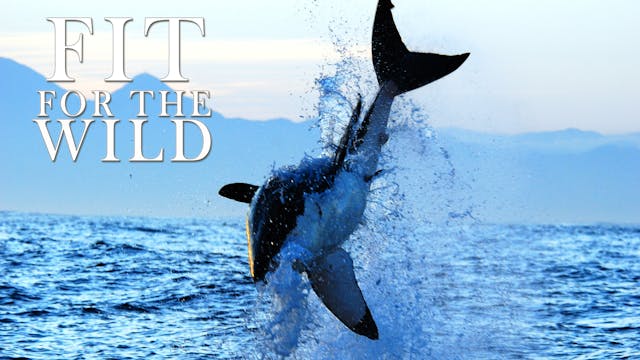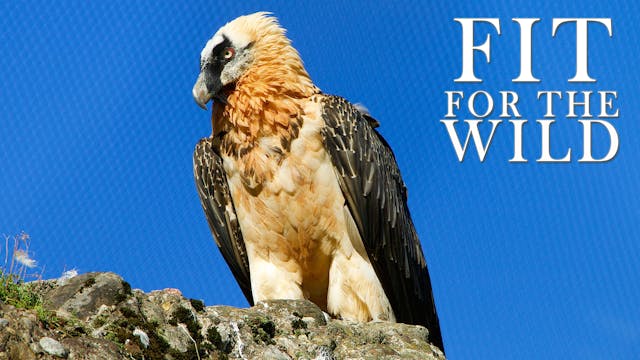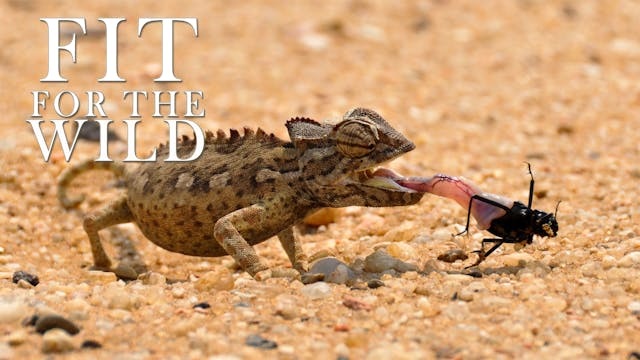Fluctuation between fresh- and salt-water, alternating immersion and exposure, temperature extremes and powerful currents make for extremely demanding conditions in southern Africa’s coastal estuaries. Nonetheless, fish, birds and reptiles thrive here and each year female loggerhead and leatherback turtles travel hundreds of miles to return to their traditional nesting sites.
Up Next in Season 1
-
FFW04 - Adapted to the Coastline
Where the ocean meets the African continent, the Cape fur seal leads a double life, depending on both land and sea to feed, breed and survive. As spring arrives, the pregnant females haul themselves onto the rocky shoreline to give birth and, almost immediately, mate again.
-
FFW13 - Adapted to the Mountains
The Drakensberg is a mighty chain of peaks spanning South Africa, Swaziland and Lesotho. Black eagles and cape griffon vultures rule the air, nesting on perilous cliff faces to avoid predators. However, agile baboons still find their way to the precariously placed nests. The rugged terrain demand...
-
FFW02 - Adapted to the Desert
The only true desert in southern Africa is the most hostile and unforgiving of them all. No other African wildlife exhibits as much resourcefulness and flexibility as the desert elephants of the Namib, known to trek up to 400km for a precious drink of water.



